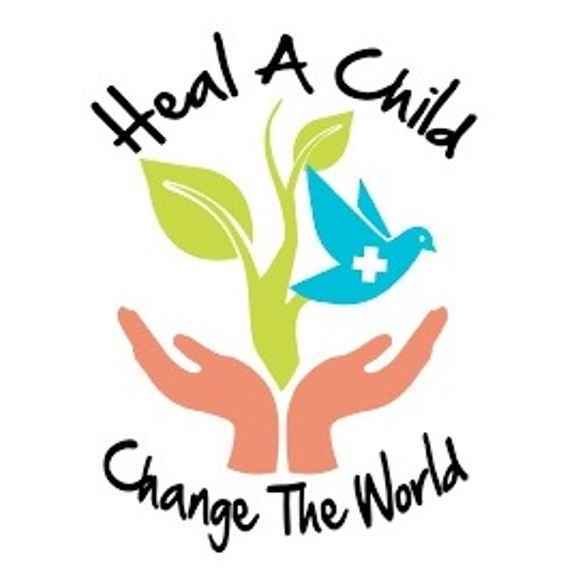Children are adventurous and accident-prone. They fall off skateboards and trampolines, or they trip over while playing sport. This can cause orthopaedic problems in their bones, muscles and joints. But many of these orthopaedic conditions in children are congenital, such as a difference in leg length or scoliosis. Children are still growing, so their bodies respond very differently to these kinds of conditions than adults. As a result, children also need different treatment.
It’s hard to believe, but until recently there was no treatment specifically designed for children. There’s no financial incentive for big pharma to produce devices for children because the market is small. As a result, many surgeons are forced to improvise with implants intended for adults. Often these are too big, difficult to remove and made of materials that are harmful to children's bones. The biggest problem is that children's bones are still growing. In the past, it wasn't possible to repair a torn cruciate ligament because the procedure could damage the growth plates. Disrupting bone growth in this way could lead to bone malformation, and children could even die from this. OrthoPediatrics is the first company in the world to make implants and other devices specifically designed for children.
Helping children in more than 40 countries
The company works closely with orthopaedic paediatric surgeons to understand the problems they face in practice. In addition, it bases its products on a huge amount of scientific data about bones and bone growth in children. The company has already launched more than 35 products that help children experience less pain, improve their movement and be more active. The devices are mainly used in the US, where the company is based, but it also distributes its products to more than 40 other countries. Children in developing countries are not overlooked either. As a partner of the World Pediatric Project, the company has contributed to the operations of 100 children by providing implants, equipment and donations.
"Triodos Future Generations Fund only invests in companies that promote children's welfare. We believe OrthoPediatrics is a clear example of this," says Fabian Meijs, investment analyst at Triodos Investment Management. "Since its inception, it has improved the lives of an estimated 630,000 children and their families.
OrthoPediatrics received a series of shocking X-rays of a boy who was born with a life-threatening form of scoliosis. The team immediately started working on a treatment plan. One of its scoliosis systems was applied to the boy's spine. Now, his spine is almost perfectly corrected. The before and after photos are astounding. It’s a great story that clearly illustrates the impact on a child's life. "Children can finally be treated as effectively as adults, with products designed for them."

Focus on value for patients
"Value-based healthcare is a healthcare development that this company aligns nicely with," Meijs explains. "The idea is that by focusing on the value of a treatment for the patient, the quality of care goes up and healthcare costs actually go down. Technological advances mean that so many treatments are possible today. However, research shows that more treatments do not necessarily mean better patient outcomes in the long run. Treatment costs are very expensive. In the US, healthcare spending accounts for as much as 18% of gross domestic product."
In the Netherlands, a shift to patient-centred care is also taking place for these reasons. "OrthoPediatrics is a good example of this. Children with adult implants often end up back in hospital due to complications later in life. This is not the case when the devices used are specifically designed for children. The company also considers minimally invasive techniques in its designs. This means that surgery can be performed through a small incision to reduce the impact on children. They regain their strength faster and don't need to stay in hospital for as long."
Training for junior surgeons
You would think this would be great news for all children with mobility problems. But actual use of these products for children is still relatively low. "It takes time," Meijs explained. "One barrier that the company faces is that older orthopaedic surgeons are used to working with implants intended for adults. They don't know how to handle implants for children yet." To address this problem, the company devotes a lot of time to training surgeons to use its products. It runs hundreds of workshops in hospitals worldwide to ensure surgeons can work with its medical devices.
"On the right track"
By engaging with hospitals and surgeons worldwide, the company is constantly expanding. Since 2019, OrthoPediatrics' products have also been used in Dutch hospitals. "We anticipate that a growing number of hospitals will start using its products. Nevertheless, it is still a relatively young organisation, founded in 2006. For us, as investors, this can be a risk. The company is not making a profit at the moment, for instance."
So why choose to invest in this company? "For OrthoPediatrics, the bigger the scale, the more easily it can be profitable. It is on the right track and has a sales growth of 20% each year, which is very fast. Therefore, we do expect the company to be profitable in the future. In addition to our confidence in the company's growth potential, another important reason behind our decision to invest in this company is the positive impact it is making. OrthoPediatrics fits exactly with what we stand for with Triodos Future Generations Fund. The impact its products have on the lives of many children is enormous."
This is a translation of an article written by Fleur Reuser and published on De Kleur van Geld.



